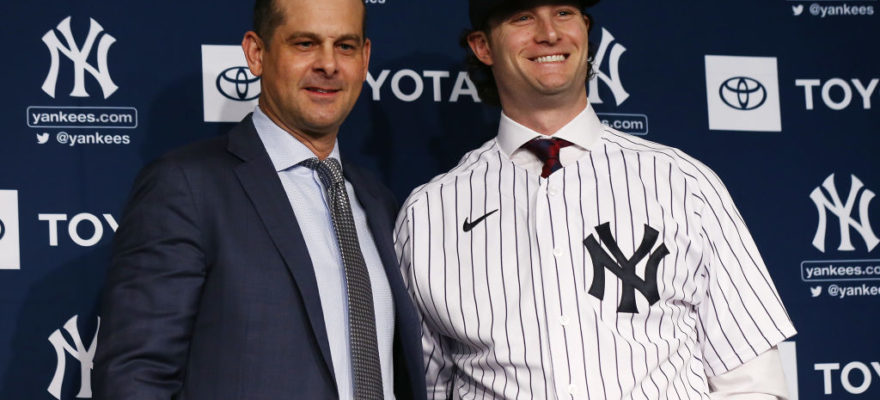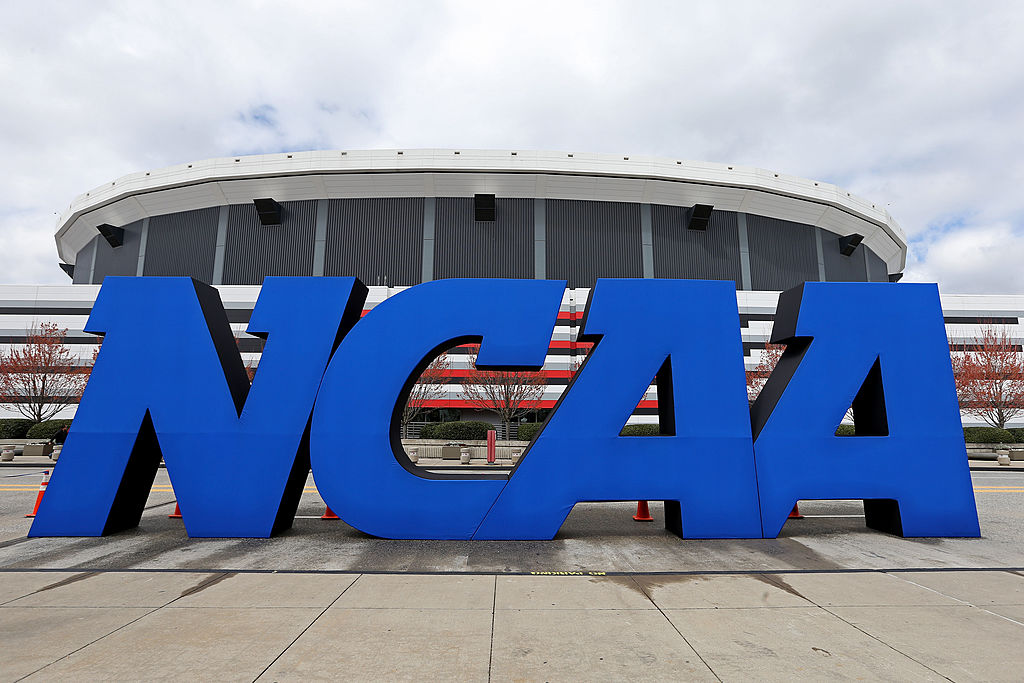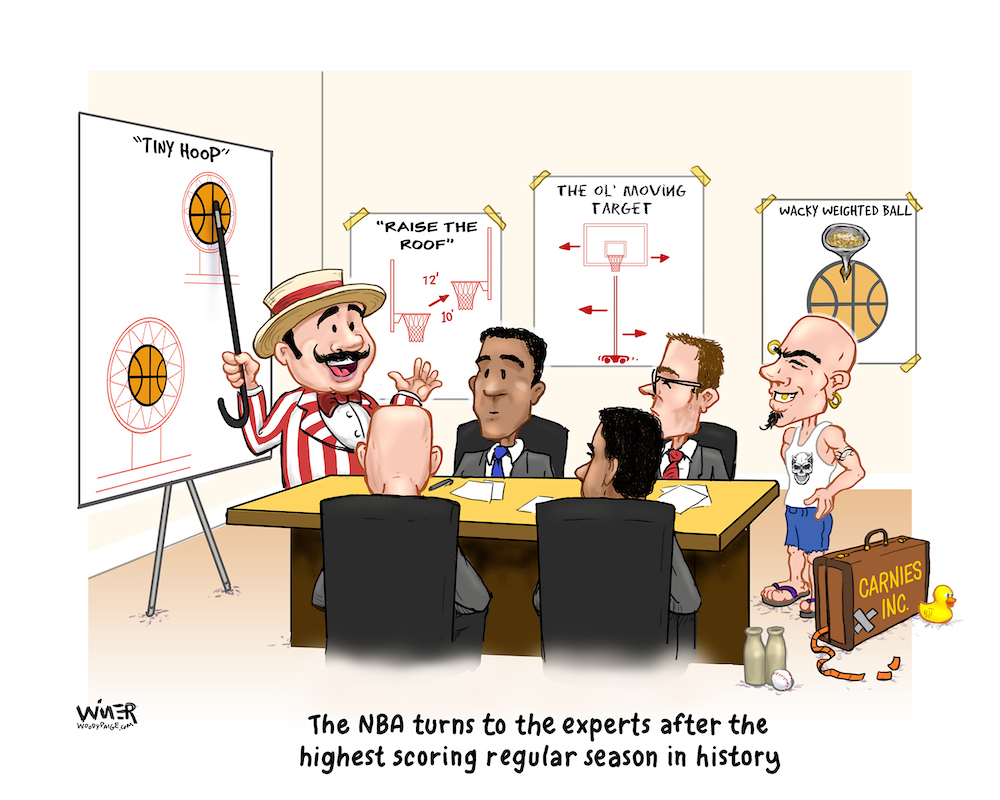A year ago at this time, baseball fans were still wondering where free agent mega-stars Bryce Harper and Manny Machado were going to sign. While we waited, the Major League Baseball Players Association fumed at what appeared to be an obvious freeze on free agent spending. They began to resurrect the word “collusion” from the labor union dictionary.
Eventually, Harper signed with the Philadelphia Phillies and Machado with the San Diego Padres, and other guys got huge deals from their existing teams, like Nolan Arenado and Mike Trout. When the regular season rolled around, everyone got down to the business on the field and the talk about collusion landed back on the bench.
Here we are now, roughly a month from the start of spring training 2020, and we aren’t hearing much about a frozen market anymore. This year’s big free agent fish have all signed — with the exception of Josh Donaldson, who’s still negotiating.
But just because the biggest names have settled in doesn’t mean all is well, especially as it pertains to the impending labor talks that MLB and the player’s union are already engaged in. Those will begin to heat up measurably in the coming months as the expiration of the current collective bargaining agreement looms.
The free agency system that served the players so well for so long isn’t the same anymore. There is a freeze, and there is collusion, but it’s all totally justified.

There are still more than 300 unsigned MLB free agents available to whoever wants to sign them. A large number of them could help your team win games this season.
The common denominator among this group of unsigned players? The vast majority of them are in their 30’s, including Donaldson, who is 34-years-old.
Does being post-30 mean they suddenly can’t play anymore? Of course not. The early 30’s are often times a player’s prime years. There’s plenty of great baseball left in guys like Alex Gordon, Ryan Zimmerman and Kevin Pillar, each of whom is available right now.
The issue isn’t even the amount of money. As it was a year ago, the main issue is the length of contracts. Teams simply aren’t willing to give long-term deals to 30-somethings anymore. And players like Yasiel Puig, Alex Wood and Marcell Ozuna who are each 29 are now feeling that same pinch. Baseball has become a young man’s game. And based on analytics it can no longer be argued that a guy like Donaldson should get a five-year contract.
The new stats prove that the drop off in production after 30 is real (see Pujols, Albert) and the owners are now making decisions with that in mind.
Who can blame them?
MLBPA Executive Director Tony Clark has acknowledged that the way the system worked for the past four decades won’t work moving forward. That system handcuffs younger players by limiting their earning power in their very early years, but allowed for players who continued to excel into their late 20’s and early 30’s to cash in. But now, the owners have data that shows them that continuing to pay 30-plus year-old guys big money later in their careers is wasteful spending. So they’re simply not doing it.

So as things stand currently, the owners have the best of both worlds.
But don’t expect that to last.
This labor union, led by a former player in Clark, but stocked with some of the best legal minds in the biz, will fight back.
There’s still this season and next to be played under the current system, which expires at the end of 2021. Expect the owners to continue to fuss about “competitive balance concerns” as if baseball isn’t already the (non-salary cap) sport that has proven to have the best competitive balance of all the major sports. The owners don’t want to alter the economics of the sport – which is in the middle of its most lucrative era ever – at all. Why would they? They’re cashing in. And they aren’t crying poor anymore. They can’t.
On the other hand, the players union will ask (possibly strike?) for a loosening of the requirements for free agency, and a shorter initial time period (currently six years) of ‘team-control’ over a player, among other things (such as the end of manipulation of service time). This will allow players to get more lucrative long-term contracts earlier – in their mid 20’s – rather than waiting until their 30’s.
Ironically, the same analytics that are on the owner’s side in terms of production decline after 30 will actually boost this argument for the players union in the current negotiations.
All fans really want to know is how likely any sort of labor stoppage – strike or lockout – is. The fact that the two sides are already talking is a very good sign in terms of avoiding any sort of stoppage of play. In the old days (the last labor stoppage of any kind was at the end of the 1994 season and it lasted until the start of the 1995 campaign) the two sides would do a lot of posturing in the months heading up to the expiration of the collective bargaining agreement. There would be union meetings, and the membership would get fired up. It was public and sometime ugly. There was almost always a defiant tone. After meeting with the heads of the union, players would come outside and declare labor war in front of the TV cameras.
Meanwhile, the owners would be busy trying to get unified amongst themselves – with the disparity in small and large markets fostering a division in their ranks. George Steinbrenner didn’t much care how the ownership of the Kansas City Royals wanted to proceed.
Thankfully, those days appear to be in the distant past. The owners have found common ground. They aren’t complaining about disparity in revenue anymore because they are all making a ton of money, regardless of market size. The players are more educated than ever and willing to participate in bargaining talks well before the 11th hour. All these things are good signs that point to another agreement being reached without an impasse that hurts the game on the field.
Let’s hope so.
Listen to Mark Knudson on Monday’s at 12:30 with Brady Hull on AM 1310 KFKA and on Saturday mornings on “Klahr and Kompany” on AM 1600 ESPN Denver.


















